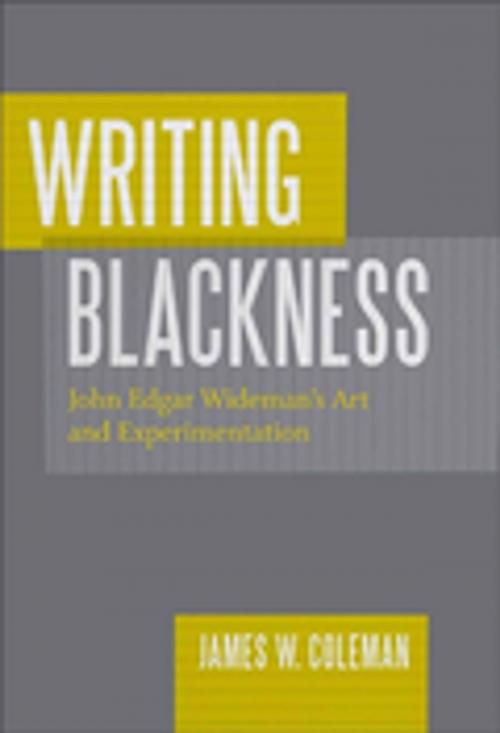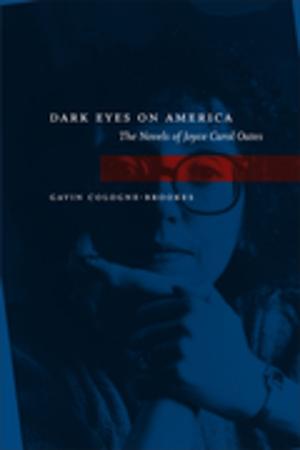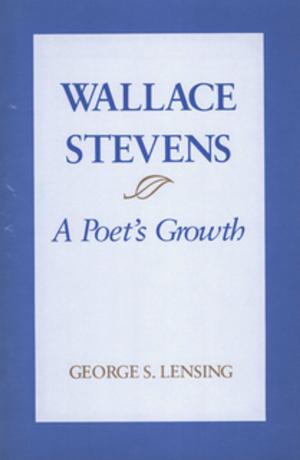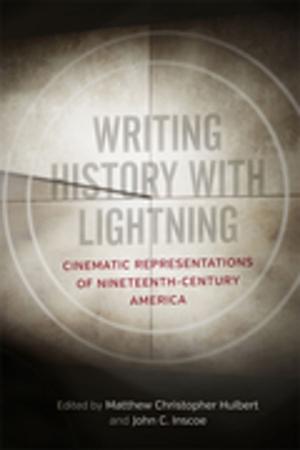Writing Blackness
John Edgar Wideman's Art and Experimentation
Fiction & Literature, Literary Theory & Criticism, Black, American| Author: | James W. Coleman | ISBN: | 9780807147276 |
| Publisher: | LSU Press | Publication: | December 1, 2010 |
| Imprint: | LSU Press | Language: | English |
| Author: | James W. Coleman |
| ISBN: | 9780807147276 |
| Publisher: | LSU Press |
| Publication: | December 1, 2010 |
| Imprint: | LSU Press |
| Language: | English |
One of the most critically acclaimed yet least recognized contemporary writers, African American author John Edgar Wideman creates work often described as difficult, even unfathomable. In Writing Blackness, James Coleman examines Wideman's prolific body of work with the goal of making his often elusive imagery and dense style more accessible and thus broadening his readership.
More so than for most writers, Coleman shows, Wideman's life has affected his writing. Born in 1941, Wideman grew up in a Pittsburgh suburb where he attended an integrated high school, starred on the basketball team, and was senior class president and valedictorian. At the University of Pennsylvania he studied creative writing and became an all--Ivy League basketball player. Winning a Rhodes scholarship, he studied at Oxford, after which he returned to Penn and became its first black tenured professor. Wideman published his first novel, A Glance Away, at age twenty-six and by 1973 had published two more works of fiction.
But for all this success, something began to wear on him. In 1973, his grandmother died, and after listening to family stories when he traveled home for the funeral, Wideman began to change his world view. Between 1973 and 1981 Wideman published nothing and immersed himself in African American culture, reading widely and -- even more important -- moving much closer to his family. Since 1981, Wideman has refocused his life and writing on blackness and published twelve experimental works, all very different from his earlier books.
Coleman examines nearly all of Wideman's work, from A Glance Away (1967) to Fanon (2008). He shows how Wideman has developed a unique style that combines elements of fiction, biography, memoir, history, legend, folklore, waking life, and dream in innovative ways in an effort to grasp the meaning of blackness -- an effort that makes his writing challenging but that holds more than ample rewards for the perceptive reader.
In Writing Blackness, Coleman demonstrates why Wideman ranks among the best of contemporary American writers.
One of the most critically acclaimed yet least recognized contemporary writers, African American author John Edgar Wideman creates work often described as difficult, even unfathomable. In Writing Blackness, James Coleman examines Wideman's prolific body of work with the goal of making his often elusive imagery and dense style more accessible and thus broadening his readership.
More so than for most writers, Coleman shows, Wideman's life has affected his writing. Born in 1941, Wideman grew up in a Pittsburgh suburb where he attended an integrated high school, starred on the basketball team, and was senior class president and valedictorian. At the University of Pennsylvania he studied creative writing and became an all--Ivy League basketball player. Winning a Rhodes scholarship, he studied at Oxford, after which he returned to Penn and became its first black tenured professor. Wideman published his first novel, A Glance Away, at age twenty-six and by 1973 had published two more works of fiction.
But for all this success, something began to wear on him. In 1973, his grandmother died, and after listening to family stories when he traveled home for the funeral, Wideman began to change his world view. Between 1973 and 1981 Wideman published nothing and immersed himself in African American culture, reading widely and -- even more important -- moving much closer to his family. Since 1981, Wideman has refocused his life and writing on blackness and published twelve experimental works, all very different from his earlier books.
Coleman examines nearly all of Wideman's work, from A Glance Away (1967) to Fanon (2008). He shows how Wideman has developed a unique style that combines elements of fiction, biography, memoir, history, legend, folklore, waking life, and dream in innovative ways in an effort to grasp the meaning of blackness -- an effort that makes his writing challenging but that holds more than ample rewards for the perceptive reader.
In Writing Blackness, Coleman demonstrates why Wideman ranks among the best of contemporary American writers.















